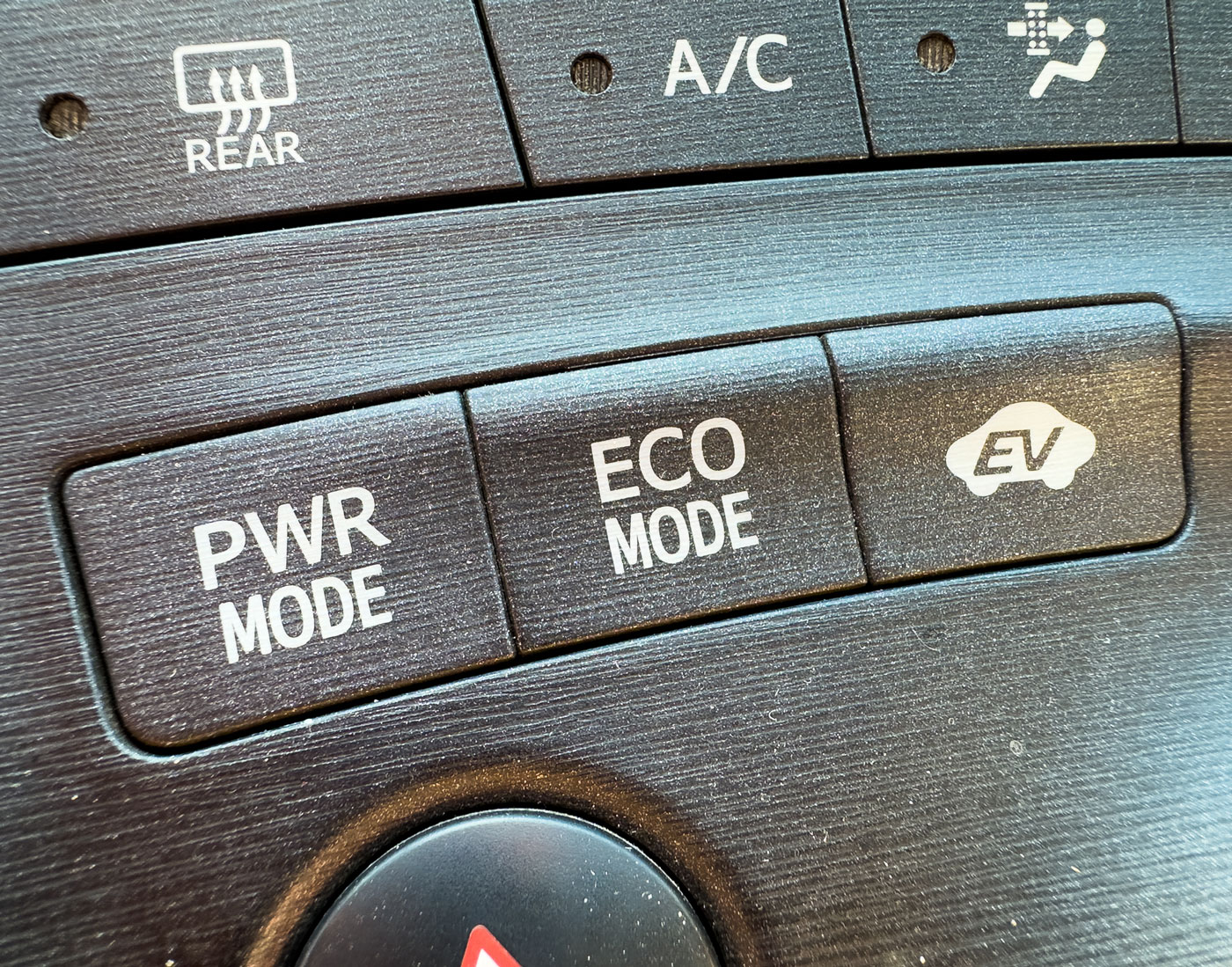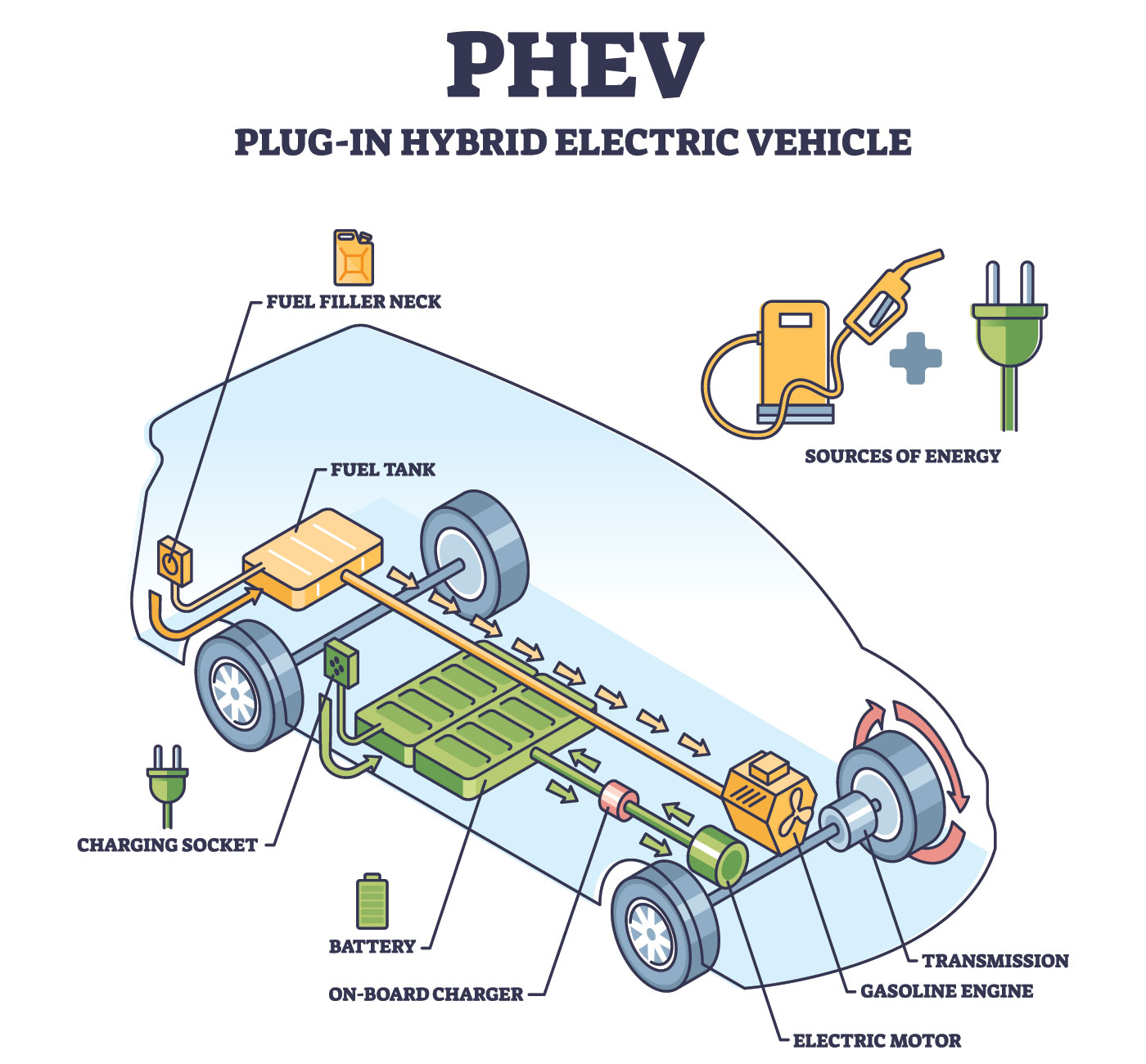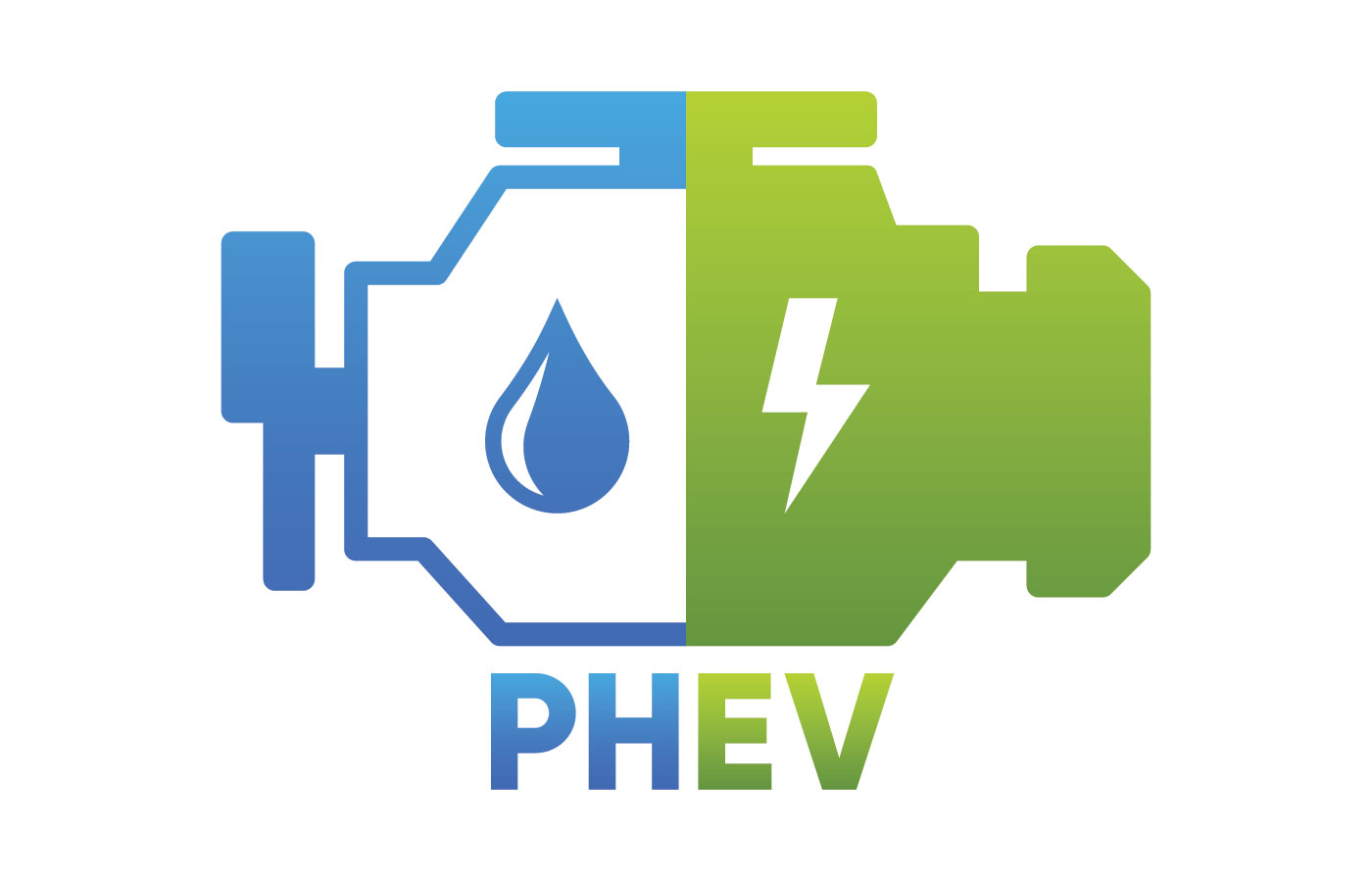What Are PHEVs and Why Are They the Best Type of EV?
Have you wondered about plug-in hybrid electric vehicles (PHEV) and why they are the best option for owning a more fuel-efficient vehicle?
 Getty
Getty
If you’re thinking of buying an electric vehicle, but you’re nervous about how far you can go on a single charge or feeling uncertain about where you can find a charging station at any given time, you’re not alone. This type of concern is called “range anxiety” and is quite common.
The good news is auto manufacturers have bridged the gap between traditional gas-powered vehicles and battery-operated vehicles with a specific type of electric vehicle (EV) called a plug-in hybrid electric vehicle (PHEV).
PHEVs are designed to give people the greener driving experience they desire while mitigating electrical charge and range concerns. PHEVs are climbing in popularity for their performance, reliability and, of course, their ability to balance the benefits of both gasoline and electric propulsion. They provide their owners with great fuel efficiency, a possible federal tax break, reduced concerns about the car’s range, and the satisfaction of knowing they are contributing to a greener environment.
 Getty
Getty
Why Choose a PHEV?
Ideal for the person who may not be committed to a fully battery-operated EV, PHEVs use both fuel and batteries to power the vehicle. While the batteries of a PHEV power the electric motor, another type of fuel (such as gasoline) powers the internal combustion engine (ICE).
PHEVs run on electric power until the battery is nearly depleted; once the electric battery approaches depletion, the PHEV automatically switches over to the traditional engine via fuel. It’s this seamless switchover that’s a big part of a PHEVs appeal. And if you’re the average commuter driving less than 40 miles per day, a PHEV might require only a few trips to the gas station per year.
 Getty
Getty
How Does a PHEV Charge?
A PHEV charges easily through a standard household outlet (120-volt, Level 1 charging) and is as simple as charging your mobile phone. There’s no need to purchase and install an expensive home charging station for a PHEV, as the charging units are designed to be rugged and are good for up to 10,000 charge cycles. Plug-in hybrids can also be charged at any public charging station offering Level 1 or Level 2 charging.
What’s the Difference Between a PHEV and Regular Hybrid?
Unlike a regular hybrid, which recharges its battery using only its gas engine and brakes (regenerative breaking), a PHEV can be plugged in and charged to add an extended electric-only range of about 20 to 40 miles. In other words, hybrids and PHEVs share a similar engineering philosophy in that both use the combination of an ICE and electric motor for propulsion.
A regular hybrid, however, does not have the plug-in capabilities that a PHEV has. Because a PHEV switches between the gas-powered engine and electric motor using a larger battery than a standard hybrid, it can travel farther and more often on electric power than a regular hybrid.
Key takeaway: a regular hybrid generates its electric power from regenerative braking, whereas a plug-in hybrid electric vehicle has a larger electric battery that requires plug-in charging.
Hybrids vs. PHEVs: According to Consumer Reports, here are the Pros and Cons of each at a glance.
Hybrids
Pros
- Good gas mileage
- Lower emissions compared to gas vehicles
- No plug-in requirements
- You can fill up at regular gas station
- Often more powerful than gas-only equivalents
Cons
- More expensive than gas-only cars
- Can have longer stopping distances than gas-only cars
- Can have high engine revving due to some use of continuously variable transmissions
PHEVs
Pros
- Most travel between 20 and 40 miles on electric power
- Good fuel economy, even after electric range is depleted
- Short commutes deliver a pure-EV experience
- Longer trips can use gas, eliminating range concerns
- Federal tax incentive up to $7,500 is sometimes available
Cons
- More expensive than regular hybrids and gas cars (see more detail below)
- Frequent recharging is necessary to maximize efficiency
- Plug-in accessories can take up space
- Some are less fuel-efficient than regular hybrids once the electric charge is depleted
Does a PHEV Fall Under the EV Umbrella?
It can be easy to assume that PHEVs are the same as EVs since they both qualify as
“plug-in vehicles.” One key differentiator is that EVs must be plugged in, where PHEVs can rely
on their gas engines to keep going when the electric battery becomes drained.
Do PHEVs cost more than other EVs?
According to Capital One, plug-in hybrid EV models cost more than their standard hybrid counterparts; in some cases, the PHEV can cost as much as $5,000 more. However, if you’re looking for savings, a federal tax credit of up to $7,500 can help offset the difference. Under current tax law, the credit decreases as a manufacturer sells more eligible vehicles, so check sites like fueleconomy.gov for complete information.
Do PHEVs Have a Frunk?
A front “frunk” cargo area is common among most makes and models of EVs, but being that PHEVs are still gas vehicles at heart, there’s an internal combustion engine under their hood instead of vacant cargo space.
Should I Make the Leap to a PHEV?
If your driving patterns are predictable, you have the ability to park near a household outlet, are committed to plugging-in your vehicle routinely and are looking for a tad more power than a regular hybrid, a PHEV may make sense for you.
It's worth reiterating that range anxiety is one of the main reasons many people are drawn to PHEVs. With a PHEV, you have the flexibility of using both electric power and gas power, and you won’t need to worry about finding a charging station on longer commutes. Compared to traditional gas or diesel-powered vehicles, you still reduce carbon emissions and lower your carbon footprint with a PHEV, even though these vehicles still use some degree of fossil fuels.
When you factor in some of the tax incentives that are available for PHEVs with general fuel-cost savings, this type of car is a good gateway to electric driving. You’ll enjoy limited motor, wind and tire noise as well as peppy acceleration, in addition to full charging capabilities overnight from a simple home outlet. And perhaps the overall greatest perk—you won’t have to rely on a single energy source to get around. In the event of a power outage, rolling blackouts or a gas shortage, your PHEV will give you options no other ICE vehicle or EV can offer.